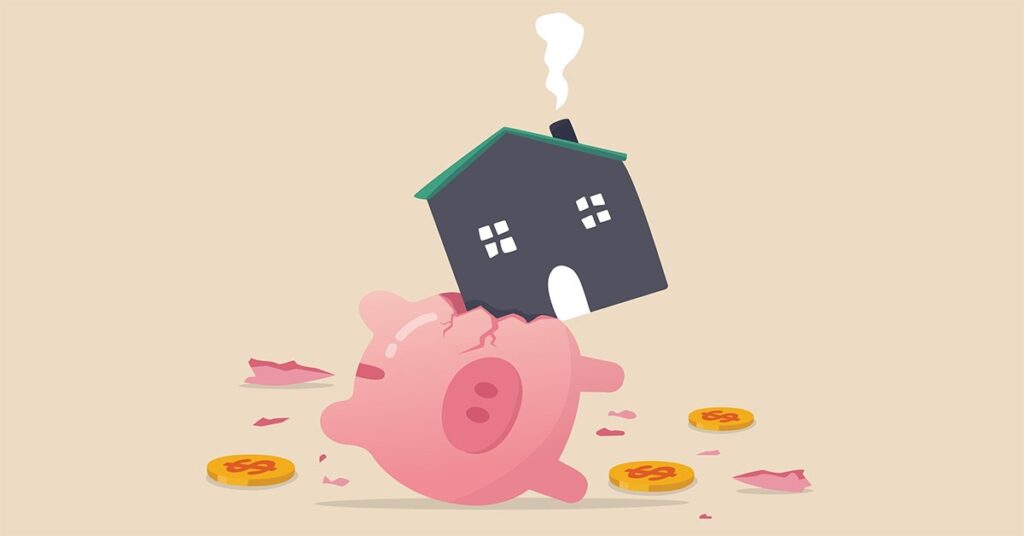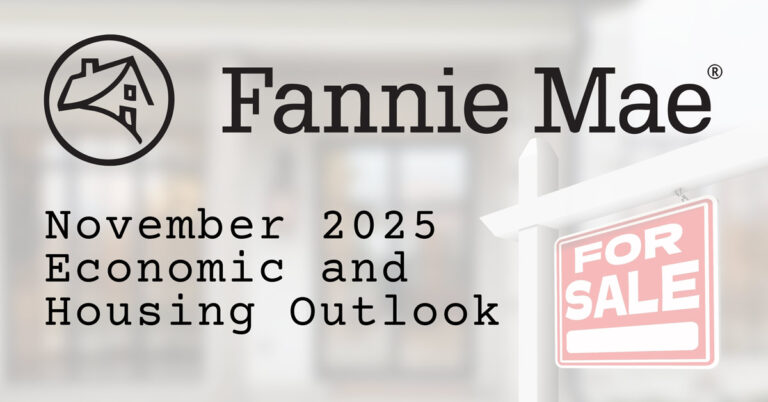It now costs more to purchase a typical existing home than it does to buy a median-priced newly built residence. But neither type is affordable for the typical U.S. household.
That’s according to new data from the National Association of Home Builders (NAHB) and Wells Fargo, whose Cost of Housing Index (CHI) reveals that during the second quarter of 2025, a household earning the median income of $104,200 would need to spend 36% of its income to cover the mortgage payment on a median-priced new home. That same household would require 37% of its income to afford a median-priced existing home with the same mortgage terms.
Low-income households, defined by NAHB and Wells Fargo as those earning 50% of the median income level, would have to spend 71% of their earnings for a typical new home and 74% for an existing home.
“The CHI data in the second quarter shows that far too many families, whether new or existing homeowners, are cost-burdened,” said NAHB Chief Economist Robert Dietz in a press release. “Policymakers at all levels of government need to focus on delivering regulatory relief and easing supply-side headwinds that are impeding builders from boosting housing production.”
NAHB Chairman Buddy Hughes noted that the average cost of new homes has come down because builders have been actively reducing square footage, lowering prices and “offering a host of buyer incentives.” But he added that “much more needs to be done on the policy front to reduce regulatory burdens, address construction labor shortages and ease building material supply chains to allow builders to increase the nation’s housing supply.”
‘The core problem’
A separate report released Thursday by Realtor.com found that just 28% of homes on the market are affordable for a typical U.S. household, using the affordability threshold of spending no more than 30% of monthly income on a mortgage payment.
Realtor.com believes the “core problem” is a growing disparity between wage growth and rising interest rates in the post-pandemic era.
Get these articles in your inbox
Sign up for our daily newsletter
Get these articles in your inbox
Sign up for our daily newsletter
“While household incomes have grown from a national median of $68,000 in 2019 to $79,000 today, that added income bumps up a buyer’s recommended monthly housing budget by only about $300,” the report states. “It helps, but it’s not enough.”
The Realtor.com report elaborates: “At 2019 mortgage rates, the typical U.S. household could afford a home priced around $325,000. Today, that number has dropped to about $298,000, despite the higher income. Complicating matters further, the median home price has soared nearly 38%, rising from $319,450 to $439,450 over the same period.”
Home purchase cancellations set a record in July
While many households find themselves priced out of the current housing market, those that have proceeded with a home purchase are canceling contracts at a record pace, according to Redfin.
Roughly 15% of home purchase agreements were canceled in July, based on a Redfin analysis of multiple listing service pending-sales data. That is up 14.5% from July 2024 and is the highest July rate on record, dating back to 2017.
“Home purchases are falling through more than usual because high prices, high mortgage rates and economic uncertainty are making buyers uneasy,” the Redfin report states. “Buyers also have more homes to choose from than in the past, which means they hold the negotiating power in many markets and often aren’t in a rush.”
Home purchase cancellations are particularly common in Texas and Florida, Redfin notes, where builders have been constructing more homes than elsewhere in the nation. The real estate brokerage company also says some prospective homebuyers in Florida are “getting cold feet due to increasing natural disasters and soaring insurance and HOA fees.”
San Antonio leads all U.S. metros in home purchase cancellations, according to Redfin, with 22.7% of pending sales that fell out of contract in July. It’s followed by the Florida cities of Fort Lauderdale and Jacksonville at 21.3% and 19.9%; Atlanta at 19.7%; and Tampa, Fla., at 19.5%.








